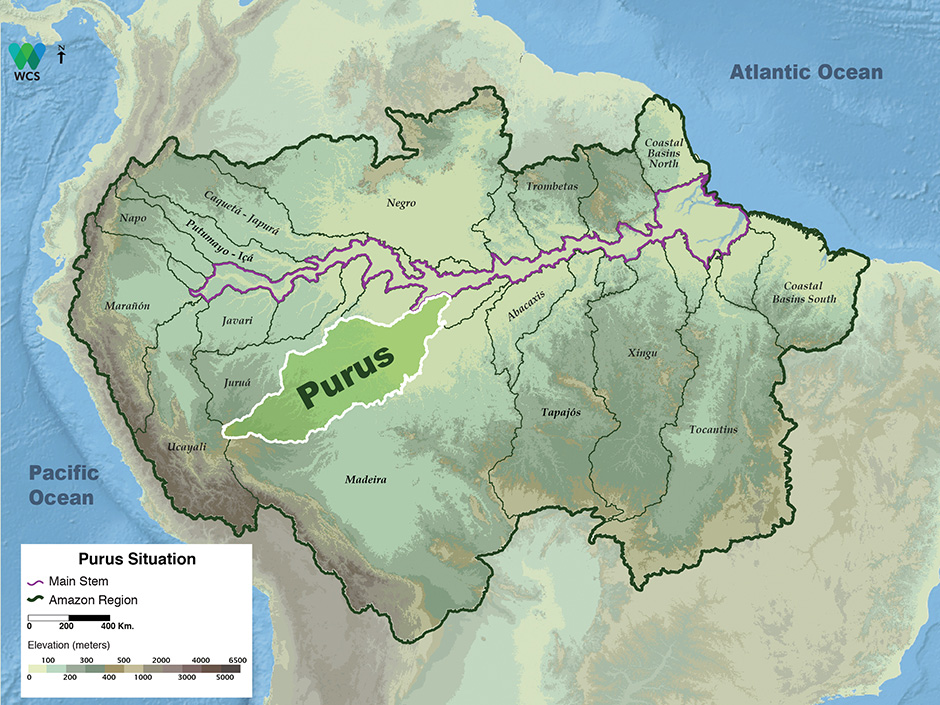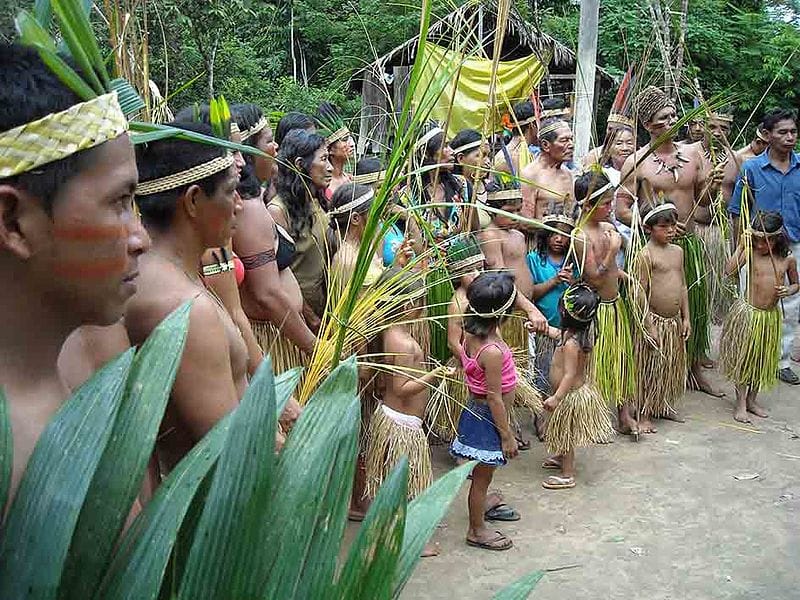The Apurinã
The Apurinã have a complex cosmology and ritual cosmos that is dispersed across many locations around the banks of the Purus. The two rubber cycles’ violent interactions in the Amazon area have had a significant impact on their history. They are battling now for their rights. Some of their holdings are still not recognized by the government, and loggers frequently trespass on them.
Some claim that Apurinã, or Ipuriná in its earlier incarnation, is a term from the Jamamadi language. popũkare is how the group describes itself. The Maipure-Aruak family of languages includes the Apurin language under the Purus branch. The Manchineri, or Piro, who live in Brazil’s upper Purus, speak the closest similar language. They are mostly found in Peru’s lower Urubamba valley.

Organized contact between the Apurinã tribe and non-Indians began through rubber collection. They were exploited for labor from around the 1870s until the 1910s when subsistence farming was allowed to resume.

Ritual and celebrations
The celebrations of Apurinã rituals, referred to as Xingané (kenuru in Apurinã), can be as little as midnight song sessions or as big as gatherings that include invites to multiple villages. They provide a hearty meal, manioc wine, bananas, fruit from the patauá palm, and gasoline for the participants’ boats. These ceremonies occasionally serve as means of appeasing the spirits of the deceased. These might take place the day following their passing or on their anniversaries.
There is a ritual conflict that starts a Xingané. The visitors come bearing arms, painted faces, and festive decorations from the forest. They arrive yelling. The hosts approach them with comparable weapons. As soon as they gather together, the leaders stand up and begin to argue, shouting swiftly and loudly. The Portuguese word for this discourse is “cutting sanguiré,” while the Apurinã word is katxipuruãta. They are constantly aiming their firearms at each other’s chests. The other gang members are waiting behind, their weapons ready, and they are also aiming them towards the disputants. The leaders start taking snuff from each other’s palms when the voices and the guns are both turned down.
Apurinã Shamanism
The Apurinã believe that stones are the source of disease and the shaman’s treatment. The shaman’s ability to cure and his ability to inflict disease and death are both made possible by stones. According to some sources, the first stage of a shaman’s initiation is him spending months in the jungle while fasting or eating very little and chewing katsowaru. Another thing to avoid is having sexual relations. The stone is inserted into the body of the shaman when it is given to him. He’ll put all the stones he gets or, in the future, takes out of the sick people’s bodies, within his body.
Apurinã shamans treat patients by chewing a leaf called katsoparu and using awiry snuff. The shaman has his own katsoparu and awire, but in most cases, the individual seeking the treatment is in charge of supplying them for the occasion. The shaman should sniff a lot of awiry and chew the katsoparu. Sometimes the healing is done privately, at the ill person’s home; nevertheless, it happens frequently that everyone is engaged, chatting and munching before the shaman begins the session. He cures by sucking the area where the sickness is. Frequently, he would demonstrate the stone while outlining the nature of the disease, how the patient got it, and what he should do. He clarifies if it was caused by witchcraft or a wild animal. After placing the stone into his body, he can provide treatments and cures.
